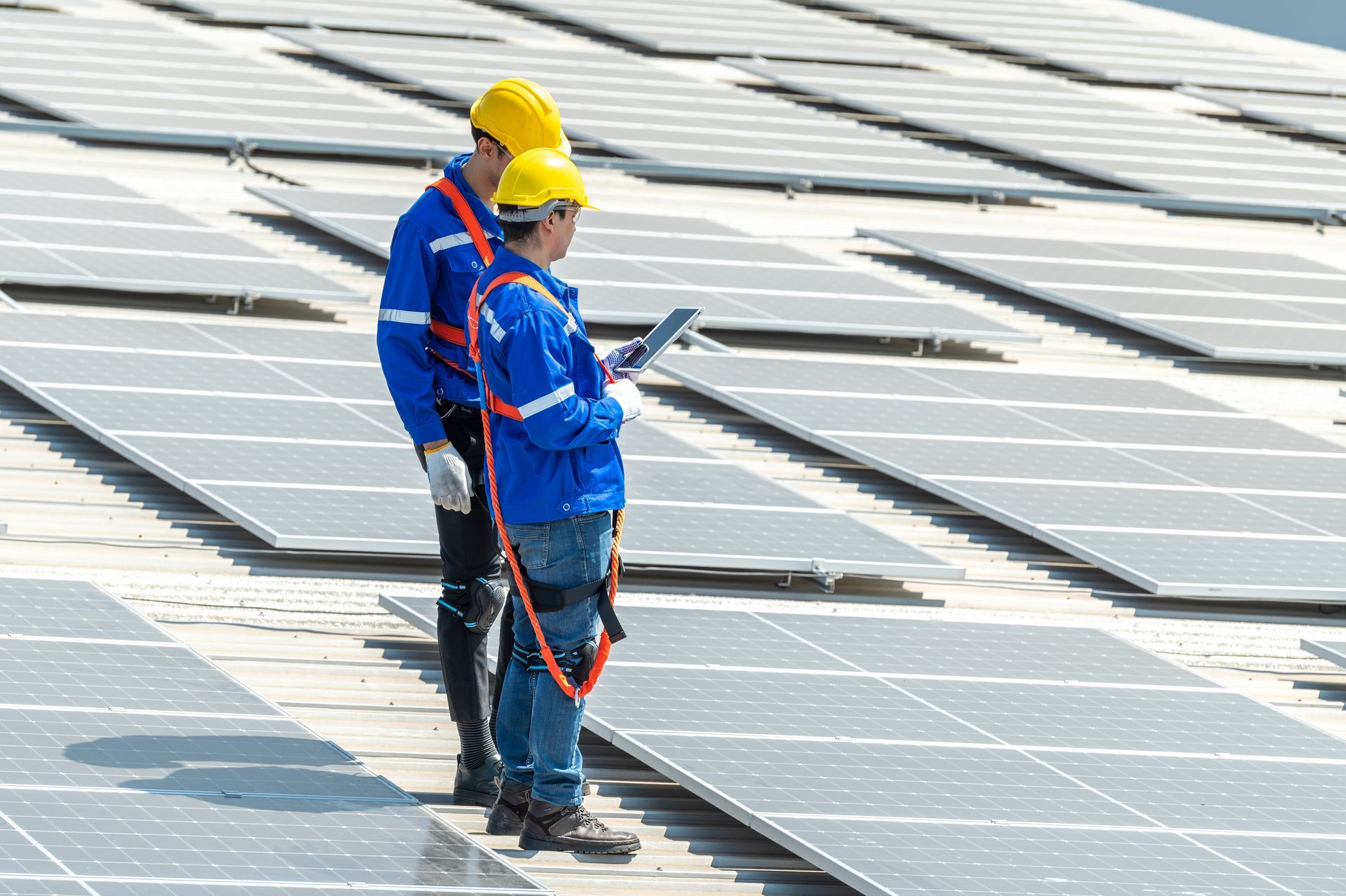If you’re still reading though the changes approved to NERC Standards EOP-011-2, IRO-010-4, and TOP-003-5 under
Project 2019-06 Cold Weather and planning for their implementation on April 1, 2023, bookmark your place and be advised that the next shoe has dropped at NERC in the effort to increase the Bulk Electric Systems (BES) resiliency during extreme cold weather conditions. Project 2107-07, Extreme Cold Weather Grid Operations, Preparedness, and Coordination was posted on Monday as a new Standards Development Project tasked with addressing the shortcomings noted by FERC in its approval of the Project 2019-06 first generation of cold weather standards approved this past summer.
The stated purpose of this new project is, “To enhance reliability of the BES through improved operations, preparedness, and coordination during extreme weather, as described by the Federal Energy Regulatory Commission (FERC), NERC, and Regional Entity Joint Staff Inquiry into the February 2021 Cold Weather Grid Operations.” The project page can be found HERE.
Standards Authorization Request (SAR) Issued and Open for Comment
The project team has issued a SAR, which opens a formal comment period through December 21, 2021, for industry to submit input on the proposed changes.
The SAR references the report and recommendations issued in response to the February 2021 cold weather event in Texas, as well as other similar grid events going back to the February 2011 event in the Southwest U.S.
There are nine (9) recommendations to be addressed in the development process to support the operation of the BES during cold weather conditions, with six (6) of those recommendations aimed directly at Generator Owners (GO) and Generator Operators (GOP).
- GOs are to identify and protect cold-weather-critical components and systems for each generating unit. Cold-weather-critical components and systems are those which are susceptible to freezing or otherwise failing due to cold weather, and which could cause the unit to trip, derate, or fail to start. Implementation Timeframe: Before Winter 2023-2024?
- GOs are to design new or retrofit existing generating units to operate to a specified ambient temperature and weather conditions (e.g., wind, freezing precipitation). The specified ambient temperature and weather conditions should be based on available extreme temperature and weather data for the generating unit’s location, and account for the effects of precipitation and accelerated cooling effect of wind. Implementation Timeframe: Before Winter 2023-2024
- GOs and GOPs are to conduct annual unit-specific cold weather preparedness plan training. Implementation Timeframe: Before Winter 2022/2023
- GOs that experience outages, failures to start, or derates due to freezing are to review the generating unit’s outage, failure to start, or derate and develop and implement a corrective action plan for the identified equipment and evaluate whether the plan applies to similar equipment for its other generating units. Implementation Timeframe: Before Winter 2022/2023
- The Reliability Standards should be revised to provide greater specificity about the relative roles of the GOs, GOPs, and Balancing Authorities (BA) in determining the generating unit capacity that can be relied upon during “local forecasted cold weather,” which is language from the revised Reliability Standard TOP-003-5 (effective 4/1/2023), R2.3.
- Each GO/GOP should be required to provide the BA with the percentage of the total generating unit capacity that the GO/GOP reasonably believes the BA can rely upon during the “local forecasted cold weather,” including reliability risks related to natural gas fuel contracts.
- Each BA should be required to use the data provided by the GO/GOP, combined with its evaluation, based on experience, to calculate the percentage of each individual generating unit’s total capacity that it can rely upon during the “local forecasted cold weather,” and share its calculation with the Reliability Coordinator (RC). Each BA should be required to use that calculation of the percentage of total generating capacity that it can rely upon to “prepare its analysis functions and realtime monitoring,” and to “manage generating resources in its Balancing Authority Area to address . . . fuel supply and inventory concerns” as part of its Capacity and Energy Emergency Operating Plans. Implementation Timeframe: Before Winter 2022/2023
- In EOP-011-2, R7.3.2, GOs are to account for the effects of precipitation and accelerated cooling effect of wind when providing temperature data. Implementation Timeframe: Before Winter 2022/2023
Accompanying the SAR is an unofficial comment form where entities are asked to identify which Reliability Standards are appropriate to be updated to include the recommendations, as well as opine on alternatives or more cost-effective options to address the recommendations. Comments will be accepted through 8 p.m. Eastern on 12/21/21.
Entities with generating resources in Texas may want to pay special attention to this project and offer comments urging the drafting team to parallel as closely as possible the ERCOT Winter Weather Readiness Reporting requirements.
GridSME is available to work with entities interested in drafting and submitting comments, which will require registration within the NERC Standards Balloting and Commenting System (SBS).
.



